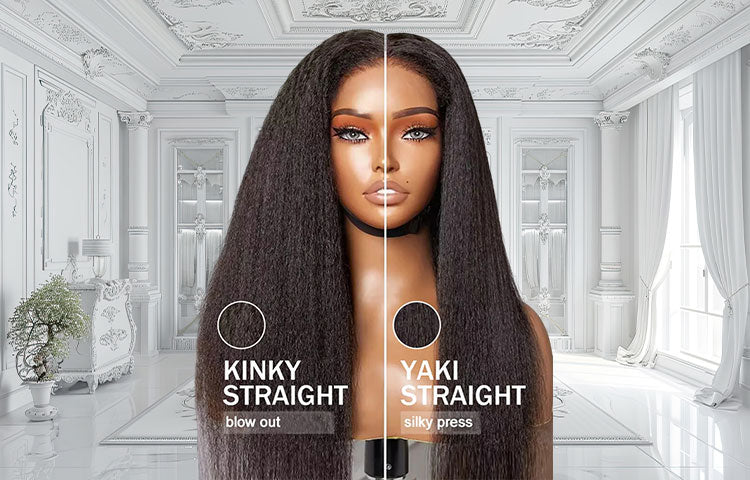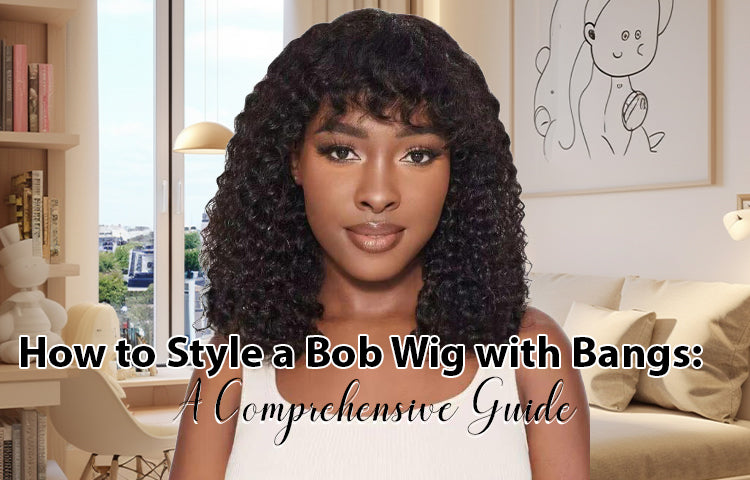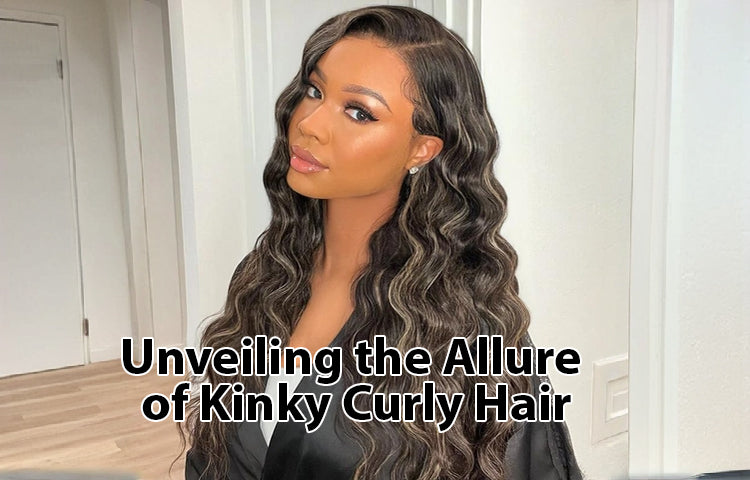How To Get Rid Of Shedding And Avoid it
For wearing hair wig user, I'm sure there's nothing that distresses you more than wig shedding. Shedding is a common issue with wigs, of course it would be nice to have a wig that doesn't shed hair! The fact is such a wig has not been produced on the market. However, we can prevent wigs from shedding through some effective means,in this blog post, we'll guide you through some proven tips and tricks to stop wig from shedding and ensure they stay looking fabulous for longer, and hope it is helpful for you.

The Reason of Your Wig Shedding So Much
In fact, a little of shedding amount hairs is a quite common thing. But once you notice that the wig is shedding more than normally, that should be noticed actually. Here are sone possible reasons of your hair is shedding:
Rough handling --Wigs are vulnerable to shedding when they’re handled too roughly. To put things simply, the more you tug on your wig’s hairs, the more shedding you may experience.
Too Much Wig Styling--Too far is as bad as not enough. Although human hair wig can be styled with heat styling tools, too much heat styling or over-heat will lead to damage.
Bleached knots -- The lace portion of wigs is especially fragile, with loose hairs hand-tied to the lace base. Whenever these knots are bleached, they weaken, and the hairs shed.
Lack of nighttime protection -- When you wear your wig to bed without protection, the hair rubs up against your pillow and covers, leading to tension and friction which results in excessive shedding.
Wrong Products -- When you use harsh products on your wig, the hair begins to lose moisture and brittleness begins to set in. Shedding won’t be far behind.
Prevention Wigs From Shedding
Combing Technique: If you’re used to combing your wig from roots to ends, this tip is for you. When you comb from roots to ends, you put unnecessary pressure and tension on the wig’s roots. You’re also more likely to rip through the hair strands. To minimize shedding, you should comb your wig from the tips to the roots. Combing from the ends allows you to gently remove knots as you move upwards toward the roots.
As you pull the comb through your hair, you should also hold the hair near the roots to keep it from being pulled.
Minimize Heat Styling: Heat styling is damaging to your wig. And when you use it too much or apply it directly to the lace, it can burn the lace and cause the wig hair to shed. To minimize shedding, don’t apply heat directly to the lace, and try your best to space out your heat styling sessions. Whenever you use heat to style your hair, keep the heat setting as low as you can.
Protect Your Wig At Night: Protecting your wig at night can greatly reduce shedding. The best-case scenario is to take your wig off every night and place it on a mannequin head. But if you’d rather not take your wig off daily, you can do the following to keep shedding at bay:
Braid your wig down if it’s long. Be gentle and do just one or two braids. Be careful not to braid tightly; the braid should be loose. Use an ‘ouchless’ hair tie at the ends to keep the braids from unraveling.
Put on a silk scarf or bonnet. Doing so will minimize how much your hair moves throughout the night. It will also protect the hair from moisture loss.
In the morning, remove the bonnet or scarf, unbraid the wig, and style your wig as usual.
Keep Your Wig Clean: As previously mentioned, buildup can lead to tangles and eventually shedding, to prevent that, make sure that you keep your wig clean. On average, we recommend washing your wig every 15 wears. However, depending on how often you wear the wig and which products you use on it, you may need to wash your unit more frequently. Anytime your wig feels sticky or dirty and seems to be getting more difficult to detangle, it may need a wash.
Try Not to Scratch: Scratching your scalp through your lace can loosen up the wig’s knots and cause shedding. So, whenever your scalp itches, instead of scratching, gently pat your head. It may not give you quick relief, but it will take the edge off of the itch. If your scalp itchiness is severe, you should examine your scalp’s health and treat any underlying issues there. It could be scalp dryness or dandruff.
Keep Your Unit Moisturized: A dry wig is more likely to shed than a moisturized one, so it’s in your best interest to keep your wig hydrated. Wigs don’t get natural moisture from the scalp, so you’ve got to give your wig the oils it needs. Be sure to use lightweight oils like argan oil, coconut oil, or Moroccan oil when treating your wigs.
Choose High Quality Human Hair : A high-quality wigs is the first step to prevent shedding. Opt for 100% human hair wigs which are less likely to shed excessively because they are crafted with attention to detail and use durable materials.
In Conclusion
With the reason of shedding hair so much and those effective tips in mind above,and the first important thing is choose a high quality one hair wig, you will keeping your wigs looking flawless ,and avoiding shedding hair so much.















